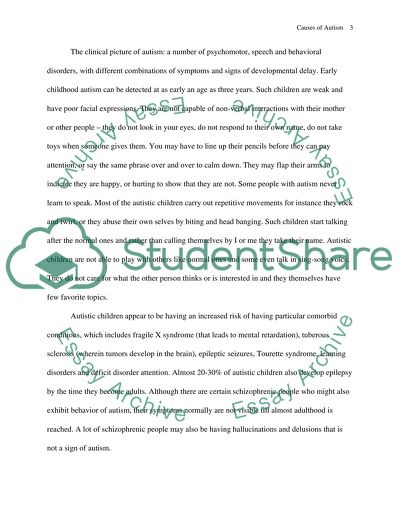Cite this document
(“Causes of autism Essay Example | Topics and Well Written Essays - 2500 words”, n.d.)
Retrieved from https://studentshare.org/education/1397657-causes-of-autism
Retrieved from https://studentshare.org/education/1397657-causes-of-autism
(Causes of Autism Essay Example | Topics and Well Written Essays - 2500 Words)
https://studentshare.org/education/1397657-causes-of-autism.
https://studentshare.org/education/1397657-causes-of-autism.
“Causes of Autism Essay Example | Topics and Well Written Essays - 2500 Words”, n.d. https://studentshare.org/education/1397657-causes-of-autism.


